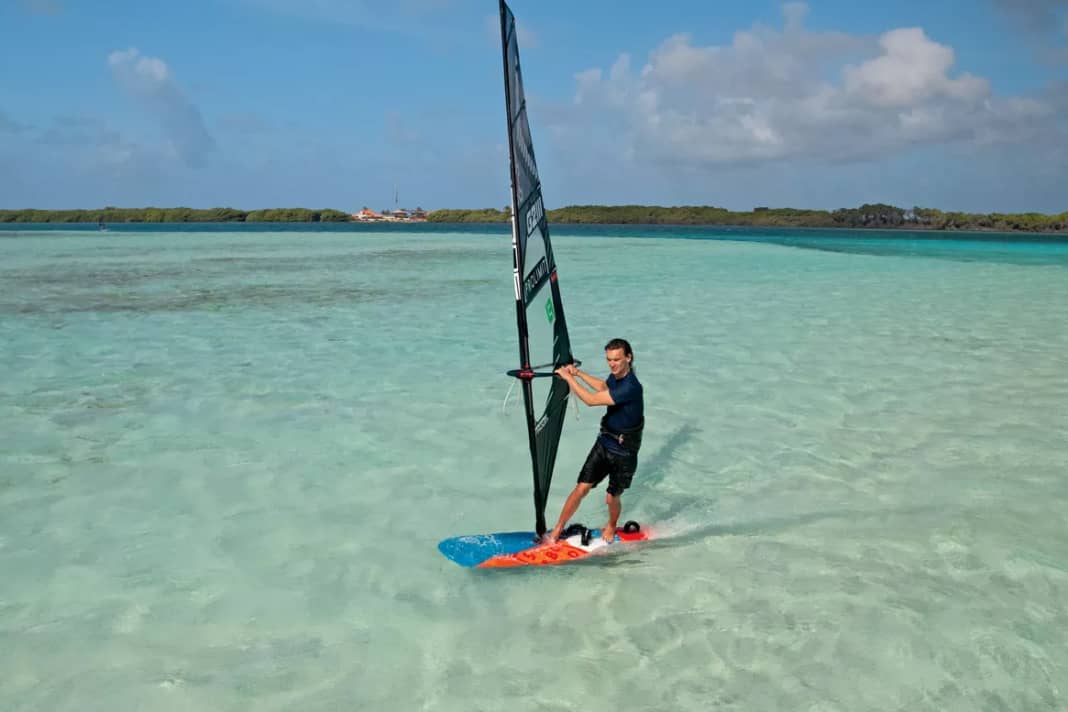Freestyle riding technique: The right equipment settings and ducking the sails
Julian Wiemar
· 30.09.2022
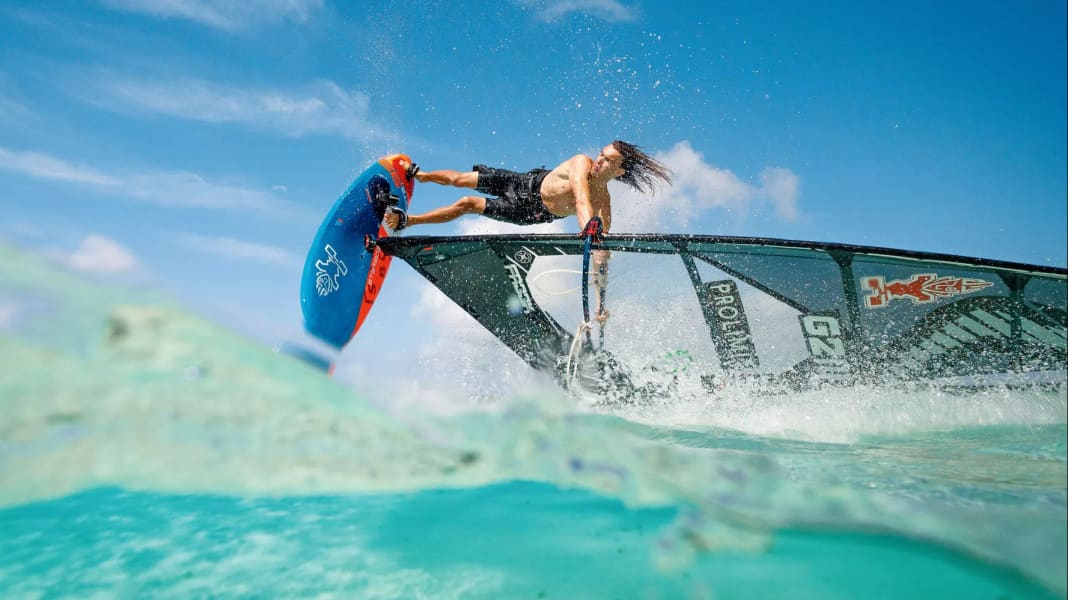
No: Spock, Flaka & Co. are not dead. Of course, these classics are part of every trickster's repertoire for good reason. Nevertheless, everyone who starts freestyle wants to get into the world of power moves as quickly as possible. Tricks such as Culo, Burner or Kono are particularly fascinating because you can catapult yourself metres into the air from mirror-smooth water. But before it's "Beam me up, Scotty!", you should first prepare your flying machine:
Which setups are recommended for the mast foot, loops and fin. How to trim your sail for maximum thrust for the take-off. And which pre-exercises make sense for the commander - Julian Wiemar shows you all this in the first part of our new freestyle series.
You will find these topics in Part 1 of the Freestyle riding technique:
Loop size
Freestylers generally tend to adjust their straps very large. The entire foot should be able to slide into the strap quickly and completely over the instep without strong pressure from above. This means you can quickly switch to switch and have the best possible control over your board in the air. But be careful: If you set the strap so large that the entire foot can slide in, you also have to push the strap closer together to ensure sufficient support.
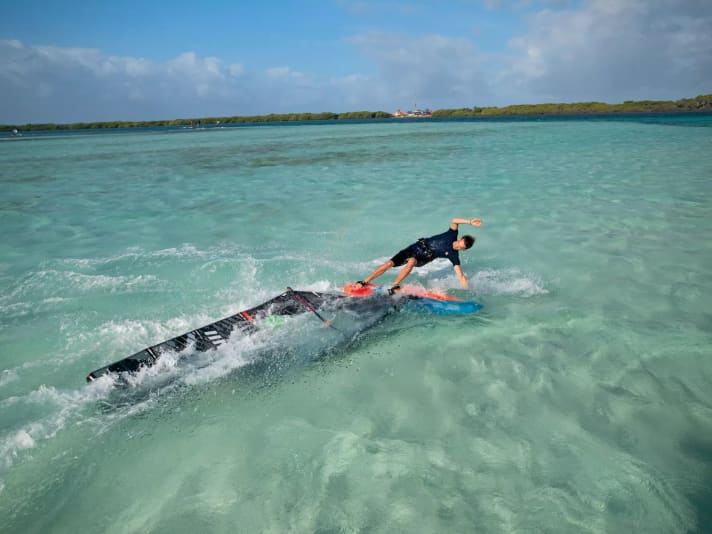
In contrast to a freeride or race setting, the majority of the hold for freestylers is not created by pressure from above, but by the narrow, lateral edges of the strap, which hold the foot in position. This reduces the strong forces acting on the instep from above during manoeuvres (especially in switch stance) and the foot has a little play in the high strap to turn left and right in the event of a fall (where you can't get out of the strap in time) without being crushed directly from above.
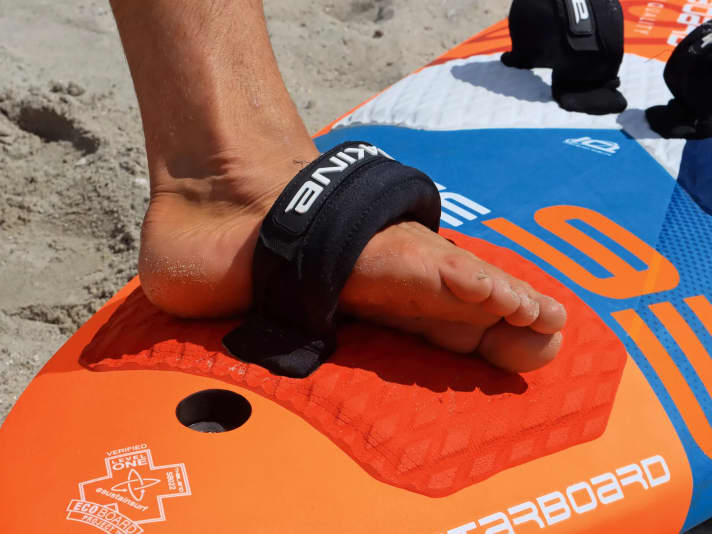
Tightening the strap automatically creates the steep, high arched strap shape that is characteristic of freestylers. If the spacing of the plugs on the board does not allow this for your personal foot width (as the spacing is either too wide or far too narrow), you can use washers, as shown below right, to push the edges of the loop inwards.

Sail trim
Modern freestyle sails can tolerate a little loose leech - but not too much. For a stable duck, the leech of a typical freestyle sail should be almost taut, as this reduces its own life when diving through the water. If you are using a wave sail for tricks, you are welcome to use a little less luff tension, i.e. loose leech, than usual.
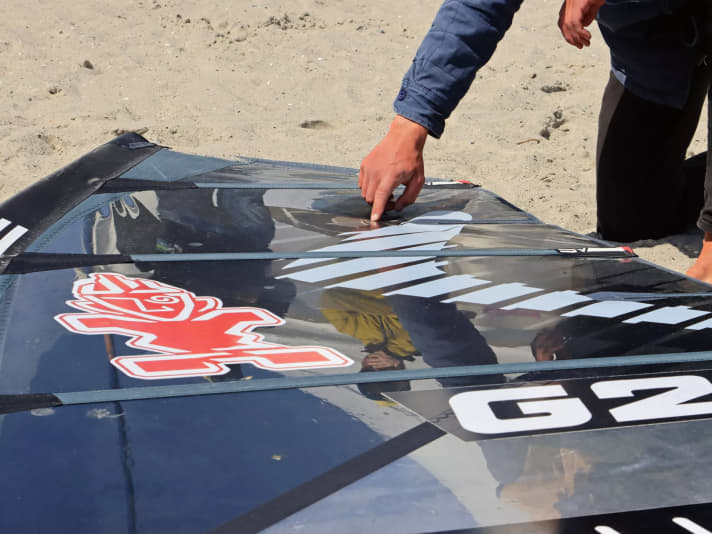
Finns
The days of barely taking off and sliding as many 360-degree spins as possible after every manoeuvre are slowly but surely over - and so are the days of the absolute mini fins. A larger fin (between 19 and 21 centimetres) is now standard. In order to switch to switch stance at full speed, duck the sail and then catapult yourself out as high as possible with the built-up pressure, you need at least a little grip. When it's very choppy, even slightly larger fins are used than in mirror-smooth water. As a freestyle beginner, you usually first have to learn how to ride straight with what feels like a small 21 mm fin. Of course, the board is very sensitive, but a larger fin than a 21 makes little sense for sliding, as the board otherwise rides like it's on rails and reacts less well to steering impulses.
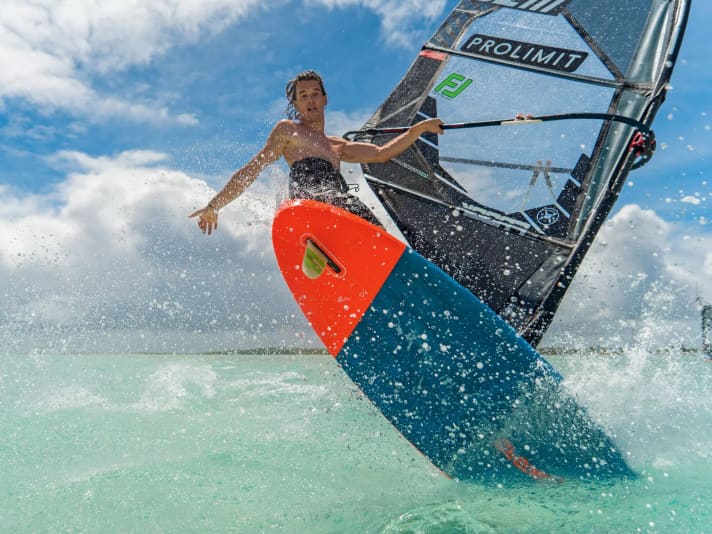
Seagrass freestyle fins generally have a little more grip than "normal" fins and can therefore be selected one to two centimetres smaller. While seagrass fins have noticeable disadvantages in terms of performance in the freeride sector, seagrass freestyle fins are usually a fully-fledged replacement with which anything is possible. Many Baltic Sea tricksters who ride seagrass fins all the time don't even change their fins on a trip to the North Sea - i.e. to a seagrass-free area.

Loop spacing and mast foot position
More distance between the front and rear loops (a wider stance) can improve overall control. Loops closer together (a more compact stance) provides more bounce and faster turning. The former is rather negligible with modern freestyle equipment, with small sails and especially in flat water. So you can bring everything together compactly without hesitation. The mast foot can also slide backwards on short freestyle boards, closer to the front loops. This makes everything look even more compact and easy to turn, and the nose of modern boards can otherwise feel very short - it can also dip into the chop more quickly, get stuck and slow down.
Try it out: Stand on the ground and try to jump into the air as high as possible from a standing position. You will realise: You would never stand more than shoulder-width apart for the jump right away. How wide do you stand on your freestyle board? Children and teenagers with short legs in particular often stand too wide. Special freestyle boards for kids, with straps that are closer together, are highly recommended in this case.

Freestyle moves: Duck Tack and Heli Tack
Ducking the sail is the absolute crux of all common power moves. The correct setting of the material is just as crucial for ducking as a sophisticated technique. While typical power moves such as Kono, Culo or Burner only work with sufficient speed and wind, you can practise ducking with less wind, e.g. in the form of two freestyle classics: Duck Tack and Switch Heli Tack.
Duck Tack
Wind at the glide limit is ideal for practising the duck tack when there is not yet enough wind for proper freestyling.
Here are the most important tips:
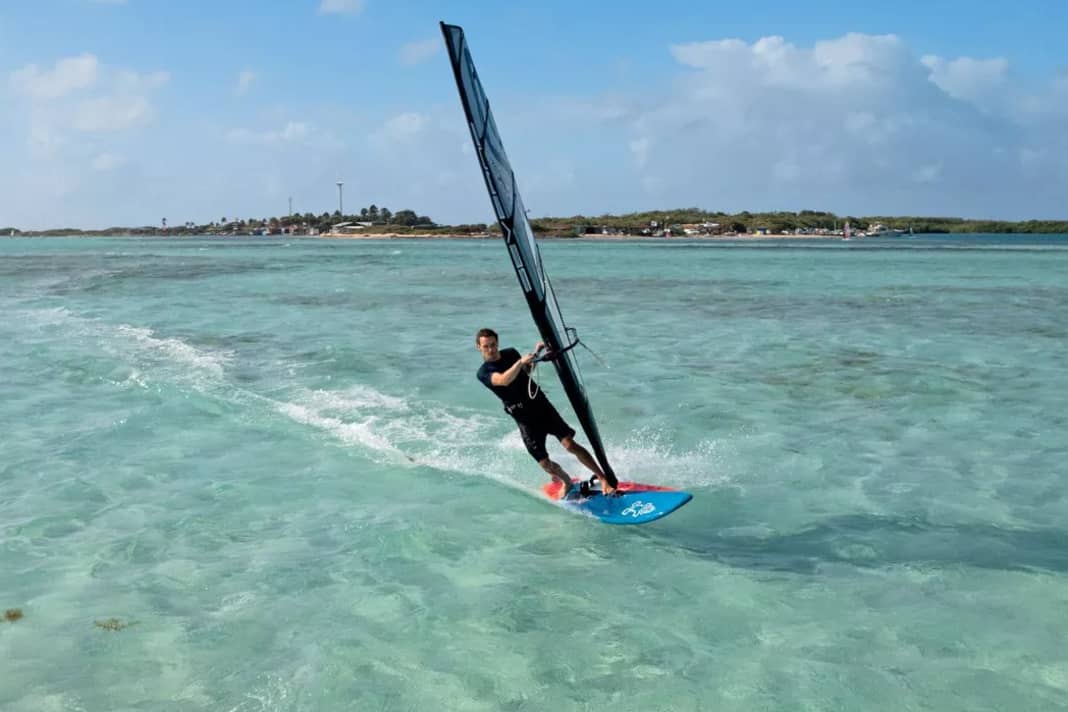





Switch Heli Tack
A move like the Switch Heli Tack is perfect for practising the approach to freestyle tricks like Culo or Kabikuchi. The crux of the matter is sail control in a twisted foot position - this is very easy to practise.
